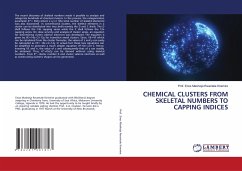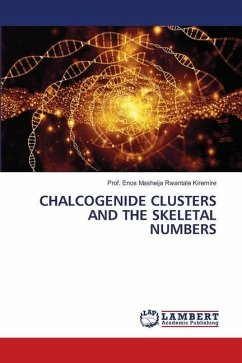The book presents two interrelated ways of categorizing chemical structures: the 4N and skeletal numbers methods, and their linkage to geometrical structures of clusters (symmetry). The skeletal numbers are derived from the 4N series. The application of the 4N method of categorization of clusters is demonstrated using palladium carbonyl clusters. The use of skeletal numbers to categorize clusters is illustrated using boranes, carboranes, metalloboranes and isolobal fragments. The K(n) cluster map is presented. The beauty and simplicity of skeletal numbers in predicting cluster symmetries is that a simple molecule or a giant cluster can be represented by a single whole number as in the case of C2H2(K=3) and Pd165L90(K =570). Such numbers form the basis of constructing their isomeric graphical shapes.
Bitte wählen Sie Ihr Anliegen aus.
Rechnungen
Retourenschein anfordern
Bestellstatus
Storno








